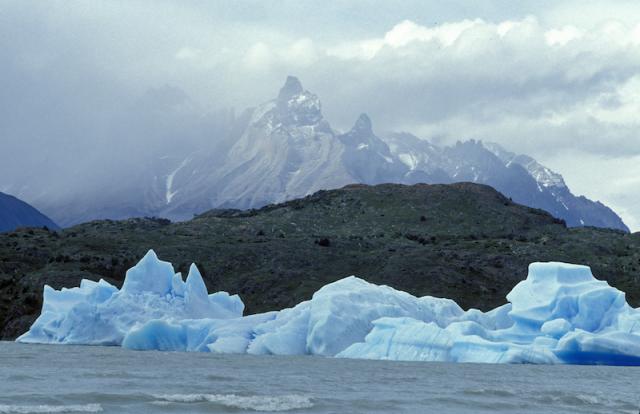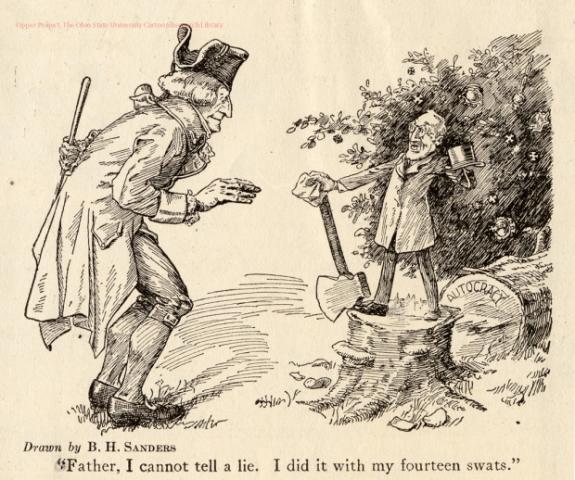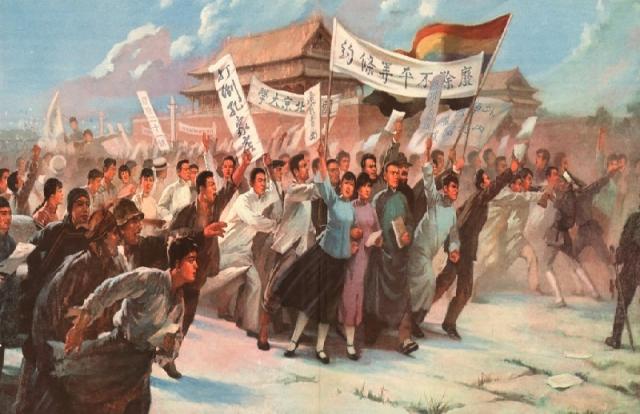About This Lesson
The United States is one of the largest emitters of greenhouse gas in the world, yet the federal government was unwilling to commit to the non-binding Paris Agreement(2016) and the Kyoto Protocol (2005), both of which would mitigate global warming. Certainly, agreements such as these can only be ratified at the federal level. But with climate change and environmental conservation as ethical issues on the minds of many Americans, the question arises: Does "moral leadership" have to originate from the presidency? Given the way that the U.S. government is structured through a separation of powers, a federal system, and a strong tradition of citizen participation and dissent, where can Americans find "moral leadership" on climate change? Moreover, for an issue like global warming in a capitalist system, is a "moral leader" even necessary, or can solutions simply be found by pragmatic business persons?
Resources for this section include:
- A PowerPoint lesson that allows students to evaluate and discuss why environmental protection is a moral/social justice issue using the Flint Water Crisis as a case study.
- Links to basic information on climate change.
- "Understanding Climate Change: A Primer," Woods Hole Research Center.
- "Global Climate Change Facts," NASA
- "Climate Change 101 With Bill Nye the Science Guy," Smithsonian Magazine (video)
- Activities inspired by talks at Carnegie Council that focus on how climate change is addressed:
- How does federalism (state versus national policies) affect the type of energy we consume?
- How much of a role do special interest groups have in influencing climate change policy?
- What role should the government play versus the market in the move towards renewable energy?
- How can we as individuals help the environment?
- Ethics on Film series: An Inconvenient Truth, The Island President













